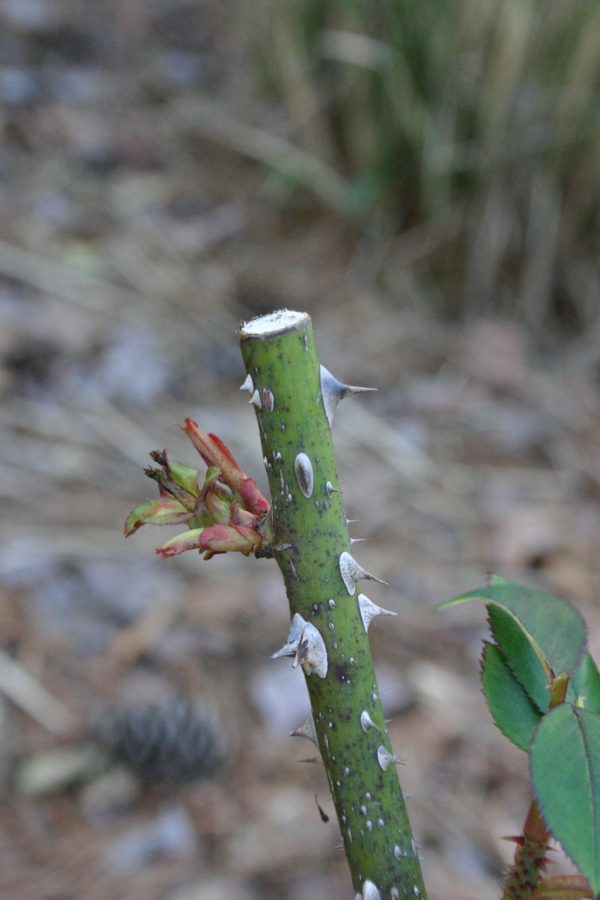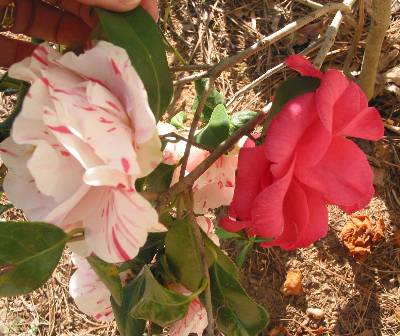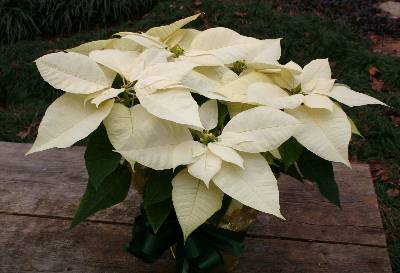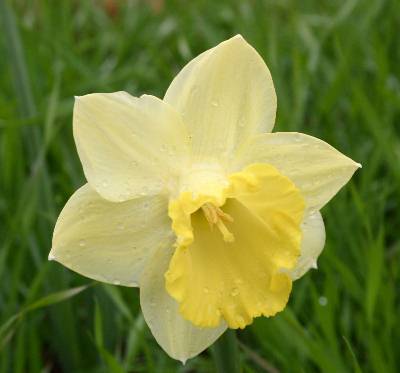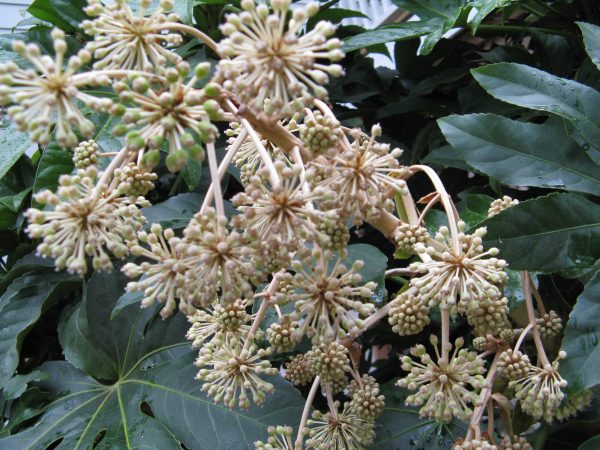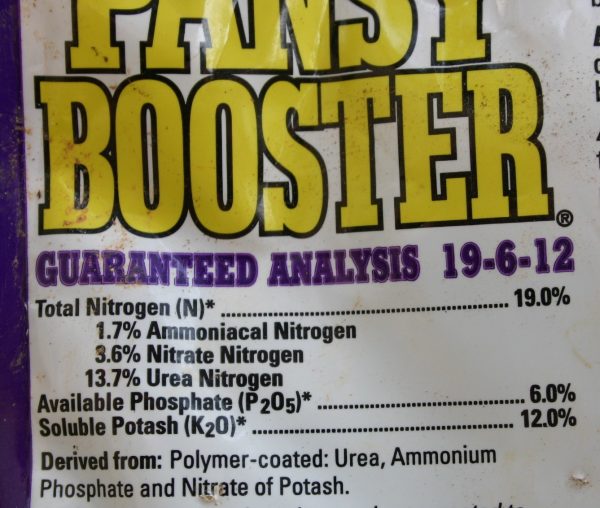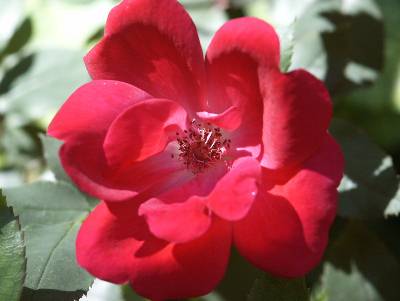Fescue – ‘Southeast’ Variety
In 1992, UGA’s Dr. Ronny Duncan and Dr. Bob Carrow decided to develop turf-type tall fescues with the attributes necessary to persist under Georgia conditions. For initial specimens, Duncan collected any tall fescue plants he could find growing within six inches of a paved highway.
At the Griffin campus of the University of Georgia the scientists subjected their various experimental plants to severe stress and water deprivation during a “plant boot camp” that killed more than 95 percent of them. They then took the survivors and started crossbreeding them with other fescues, subjecting them to even more rigorous conditions. The eventual result was Southeast Tall Fescue.
Observers note that the texture of Southeast is a little coarser than current turf-type tall fescues like Rebel, Tribute, etc. On the other hand, the grass is less likely to die from scalping, drought stress and high temperatures. The seed is in VERY limited availability. Check with your local garden centers and home improvement stores for news. Keep in mind too that ANY fescue will suffer unless it is given a well prepared seed bed in which to grow. Unless clay soil is rototilled to a depth of six inches the roots simply can’t expand enough to get the nutrients and moisture they need.
MORE INFORMATION:
Notes from Dr. Clint Waltz, University of Georgia turf expert: “The UGA developed cultivar ‘Southeast’ is no longer in commercial production. I am unaware of any sod producer in Georgia that has ‘Southeast’ in production.
Regardless of cultivar, tall fescue is a good turfgrass species for the Georgia Piedmont but the secret to success is good site preparation. The soil should be analyzed for proper nutrition and soil chemistry and tilled a deep as possible.
“Seeding or sodding tall fescue into poorly prepared soil is asking for failure. You’d be surprised how commonly turfgrass is established on non-prepared sites and then folks wants to know why their grass won’t grow.
“I learned several years back that releasing a ranking of tall fescue cultivars is fairly useless. Without a question there are some cultivars that do perform better in our climate than others, but other issues come into play. First is availability. Just because the cultivar does well does not mean there is enough to sell or that it is commercially available.
“Second, most tall fescue is sold in a blend and that blend is determined by the seed company. Different companies have their own proprietorial blend, so no two blends are the same. Likewise, trademark names (e.g . Rebel, Water Saver Tall Fescue) may not have the same cultivars in the blend from one year to the next. I like to peruse big box retail stores and read seed tags and it is common for the blends to have one or two cultivars that have performed well in my trials. The remainder are OK grasses, which leads to the third point.
“Lastly, the gap between the good, better, and best tall fescue cultivars has narrowed in the last 10 years. In general, the new cultivars have fine leaf texture, dense canopy density, a genetic dark green color, good drought and heat tolerance, and resistance to disease. Unless the grasses are side-by-side, you would be hard pressed to tell the difference. If a blend has a one or two upper-end cultivars and is supported with one or two marginal cultivars, it is unlikely to be detectable in the lawn.
“I tell the average homeowner that the blends sold at the big box retail stores and the professional lawn care supply stores are satisfactory, and may actually be superb, for Georgia. There is no need to get wrapped-up in which cultivar is best.”




